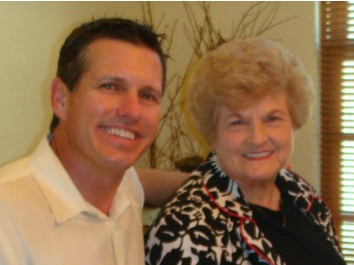Oh Good a New Language – Go from Google
What else could it be named? Seriously though, this is pretty interesting.. Google is said to be behind this new language that is some super Python, with the performance of C. I’m really not so sure we need another interpreted language. Java, Ruby, Python – its like a Jubyathon already. Truthfully, I’m on my second Python project now and it is growing on me. My oldest daughter is quite the twitter follower, and about 2 months ago, she was sad that twitter no longer offered sms updates for her feeds.
So I’ve been dabbling in my very little spare time in building out a service to read the feeds of her favorite bands and send them to her via text. I think it will be pretty straightforward to build from my initial progress. I’m using python because, well, Google App Engine is just too irresistible.  Its free, it works, and its pretty cool. Python on the other hand is just one of those things you have to deal with to use the App Engine. Yes, I know they support Java now, but that seems to be more that I need for something as simple as this. Besides, I like to learn new things.
So, it is with great interest I learned of “Go” via TechCrunch. Go also has its own org site and gopher mascot…

Go Gopher
My favorite part is the return of POINTERS! I always loved pointers. Yes, I debugged many a protection violation with pointers accessing memory outside of their allocated space. But, I still like the power they gave in capable hands. Apparently Go allows pointers, but is still type safe and memory safe. I need to look into this. I’m also intrigued that this is billed as a systems programming language. I’m wondering what kind of systems has Google built with this?

 Veteran’s Day was this week and I received an email from my Dad, the Colonel, that I wanted to share with everyone. No, it has nothing to do with technology, but it has everything to do with being an American, and being grateful. Things that I believe are in short supply these days.
Veteran’s Day was this week and I received an email from my Dad, the Colonel, that I wanted to share with everyone. No, it has nothing to do with technology, but it has everything to do with being an American, and being grateful. Things that I believe are in short supply these days.